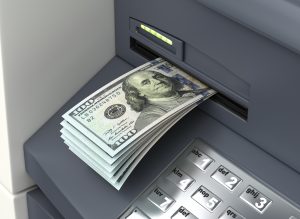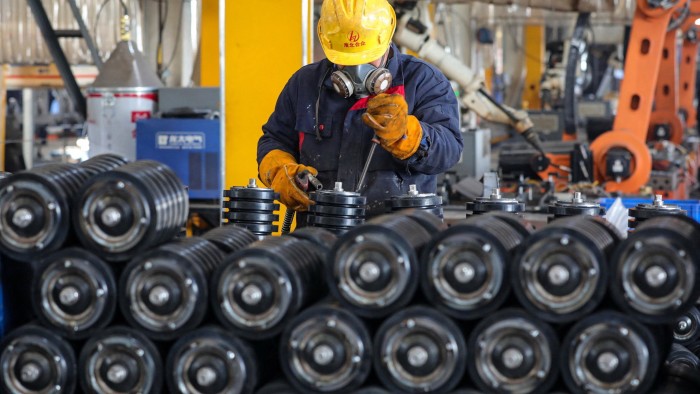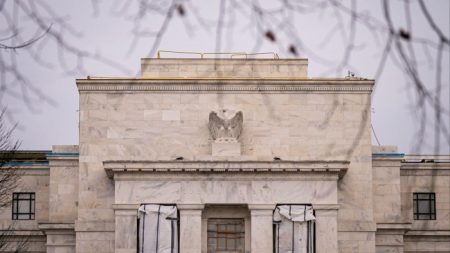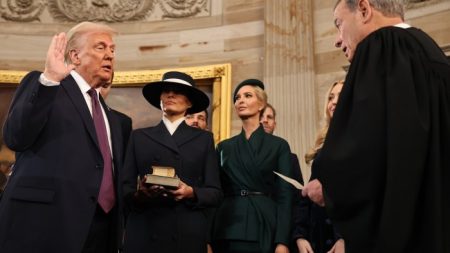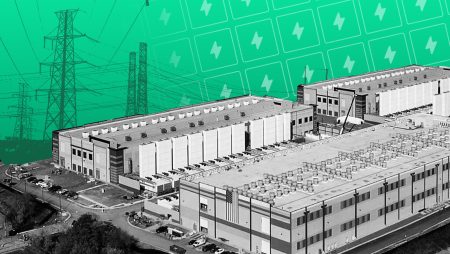Unlock the White House Watch newsletter for free
Your guide to what Trump’s second term means for Washington, business and the world
China’s manufacturing activity contracted by the most since 2023 in April, according to an official survey, in an early sign of the economic impact from US President Donald Trump’s trade war.
The country’s official manufacturing purchasing managers’ index came in at 49, the weakest level since December 2023. A reading of above 50 marks an expansion on the previous month.
The data covers a period in which the US-China dispute escalated, with tariffs of well over 100 per cent snarling trade between the world’s biggest importer and exporter and weighing heavily on business and economic confidence.
China’s National Bureau of Statistics said the decline in manufacturing activity was driven by a high base of comparison and “sharp changes in the external environment”.
It added that there are “no winners in trade wars” and pointed to pressure on manufacturing data in other major economies.
China’s official PMI manufacturing gauge had expanded in both February and March, fuelling hopes of recovery. Policymakers have struggled to boost domestic consumption and relied heavily on exports for growth.
Economists have cut their growth forecasts for the world’s second-largest economy, which is grappling with a prolonged property slowdown, and many expect the government to increase stimulus as it responds to pressures from the trade war.
Beijing has set a GDP growth target of around 5 per cent for 2025.
“The tariff hit means [China’s] growth target is no longer attainable,” economists at Oxford Economics wrote. The consultancy has cut its forecast by 0.5 percentage points to 4.1 per cent but added China was “more resilient than most think”.
Société Générale estimates that China’s exports to the US will drop by 70 per cent, which they say amounts to a “negative direct shock” of 2 per cent of GDP, while Nomura expects a 50 per cent fall in US exports would hit GDP by around 1.1 per cent and drive job losses.
The NBS gauge of non-manufacturing activity, which includes services, expanded at 50.4, compared with 50.8 last month.
Tariffs on Chinese goods exported to the US now stand at 145 per cent, though the White House has introduced some exemptions, such as on electronics. Beijing has similarly granted exemptions on some imports, according to the American Chamber of Commerce in China.
“The sharp drop in the PMIs likely overstates the impact of tariffs due to negative sentiment effects, but it still suggests that China’s economy is coming under pressure as external demand cools,” noted Zichun Huang, China economist at Capital Economics.
Read the full article here



